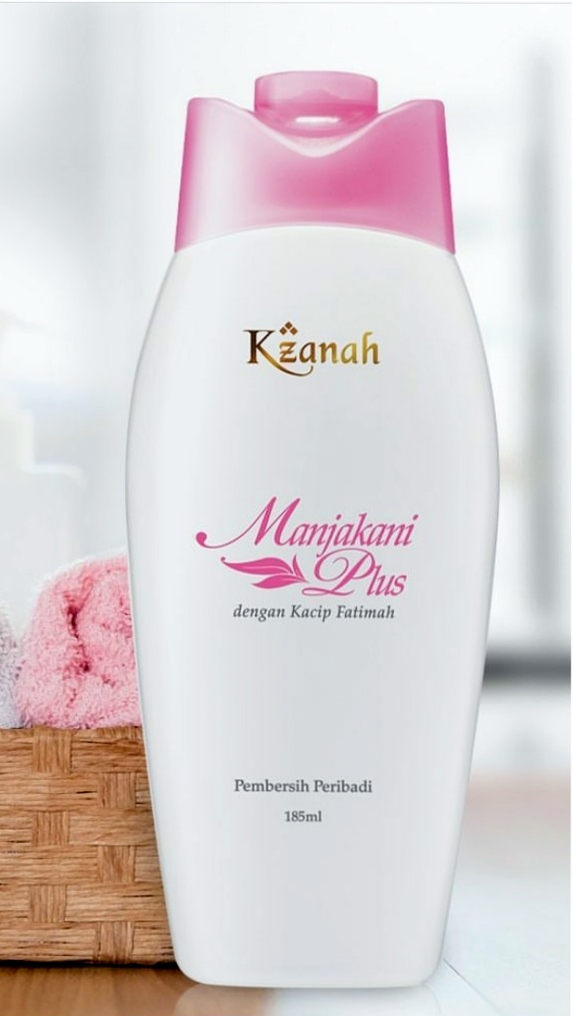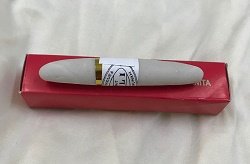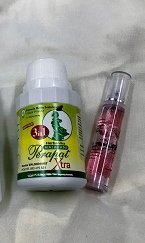Vaginal Yeast Infection
Vaginal yeast infection is not sexually transmitted. It is a common vagina infection. About 75% of women would have the infection once in their lives.
Yeast infection in the vagina is rare before puberty and after menopause.
Vaginal yeast infection or candida is caused by a strain of microscopic fungus commonly known as candida albicans.
Besides causing a yeast infection in the vagina, the fungus also infects other body parts. The candida fungus love warm and moist places. So the mouth (thrush), skin folds (where the legs join with the pelvis) and fingernail beds are their targets. The fungus caused diaper rash in babies too.
The largest colony of bacteria in the vagina– the Lactobacillus acidophilus keeps the multiplication of the other organisms in check.
But certain internal and external factors can upset this normal balance of organisms in the internal vaginal anatomy. When there is a disruption it will trigger an overgrowth of the fungus. Resulting in a yeast infection.
The following conditions can disrupt the normal balance of organisms in the vagina:-
Oral Antibiotics - Use of oral antibiotics for other conditions. These antibiotics do a good job by killing off the bad bacteria that cause the sickness but they also kill the good, helpful bacteria. This include good bacteria in the vagina as well. When the population of the good bacteria decrease, vaginal yeast infection sets in.
Hormones - Hormonal changes associated with pregnancy and oral contraceptives is a cause for candida yeast infection. Some hormonal birth control may have a higher dose of estrogen.
Douching - Chemical douches and vaginal sprays disrupt the normal balance of vaginal flora. Thus increasing the risk of yeast infection in the vagina.
Diabetes - The yeast fungus feeds on sugar. If you have diabetes and blood sugar is not under control, there is an increase risk.
Weakened Immune System - A weakened immune system will increase your risk of vaginal candidasis or yeast infection.
Clothing - Yeast love warm and moist conditions, so change out of swimming and exercise clothes once you are done.
Symptoms of Vaginal Yeast Infection
The following are some of the signs of a yeast infection in the vagina:-
- Extreme itching in and around the vulva
- Inflammation of the vulva - redness and soreness
- Pain or vaginal burning during urination and sexual intercourse.
- Thick, white vaginal discharge which is odorless and look like curd or cottage cheese. Some women may not have noticeable discharge.
Home Treatment For Vaginal Yeast Infection
These home treatments are effective during the early onset of an infection. If symptoms do not subside after a week or are getting worse, see a doctor promptly.
- Dip a clean tampon in plain yogurt and insert it into the vagina twice a day. Continue an extra day after the symptoms has gone away.
- Pour a few drops of tea tree oil on a tampon and gently insert it into the vagina to relief the itching and burning.
- Garlic paste is an effective remedy for direct application on other body parts with yeast infection, but I won’t encourage you to apply it on the sensitive vaginal area.
- Yu Dai Wan and Ku Shen (available in Chinese medical shops). Yu Dan Wan can help to eliminate the creamy discharge and Ku Shen can be use as a wash for the vagina.
 Kacip Fatimah Manjakani Feminine Wash
Kacip Fatimah Manjakani Feminine WashIf home treatments troublesome for you, then this manjakani herbal wash is very convenient to use.
This wash contains manjakani and kacip fatimah - two botanical extracts which are well-known for their natural antiseptic and astringent properties that:-
- Helps prevent infections which cause unpleasant odor, itchiness and discharge.
- Helps tighten and tone vaginal walls to maintain that youthful honeymoon-fit.
- Refreshes, soothes, deodorizes and keeps the intimate area protected and comfortable all day.
Vaginal Tightening Wand
This vagina wand is a trusted remedy used by the women of Madura for getting rid of excessive vagina discharge, itching and odor caused by yeast or bacterial infection.
For elimination of excessive vaginal discharge, itching and odor, use the wand 2 times a day (once in the morning and once at night).
Insert 3/4 of the length of the wand inside the vagina. Gently move it around for about 2 minutes and withdraw slowly.
Click here on how to use and wash the wand.
Preventing Recurrent Vaginal Yeast Infection
Avoid Sugar And Yeasty foods - Cut down refined carbohydrates in your diet. This include white bread, cookies, white rice and noodles, carbonated drinks and alcohol.
And replace with wholesome foods. Go for whole-meal bread and biscuits, brown rice and lots of fresh fruits and vegetables. Remember to drink plenty of water to flush out the sugar in the body.
Yogurt - Yogurt help increase "good bacteria" in the vagina. Choose those labelled with “live active cultures” or eat Greek yogurt.
Back to top- Home
- Vaginal Infection
- Vaginal Yeast Infection



Facebook Comments
Thanks for visiting. Have your say on what you just read? Leave a comment in the box below!